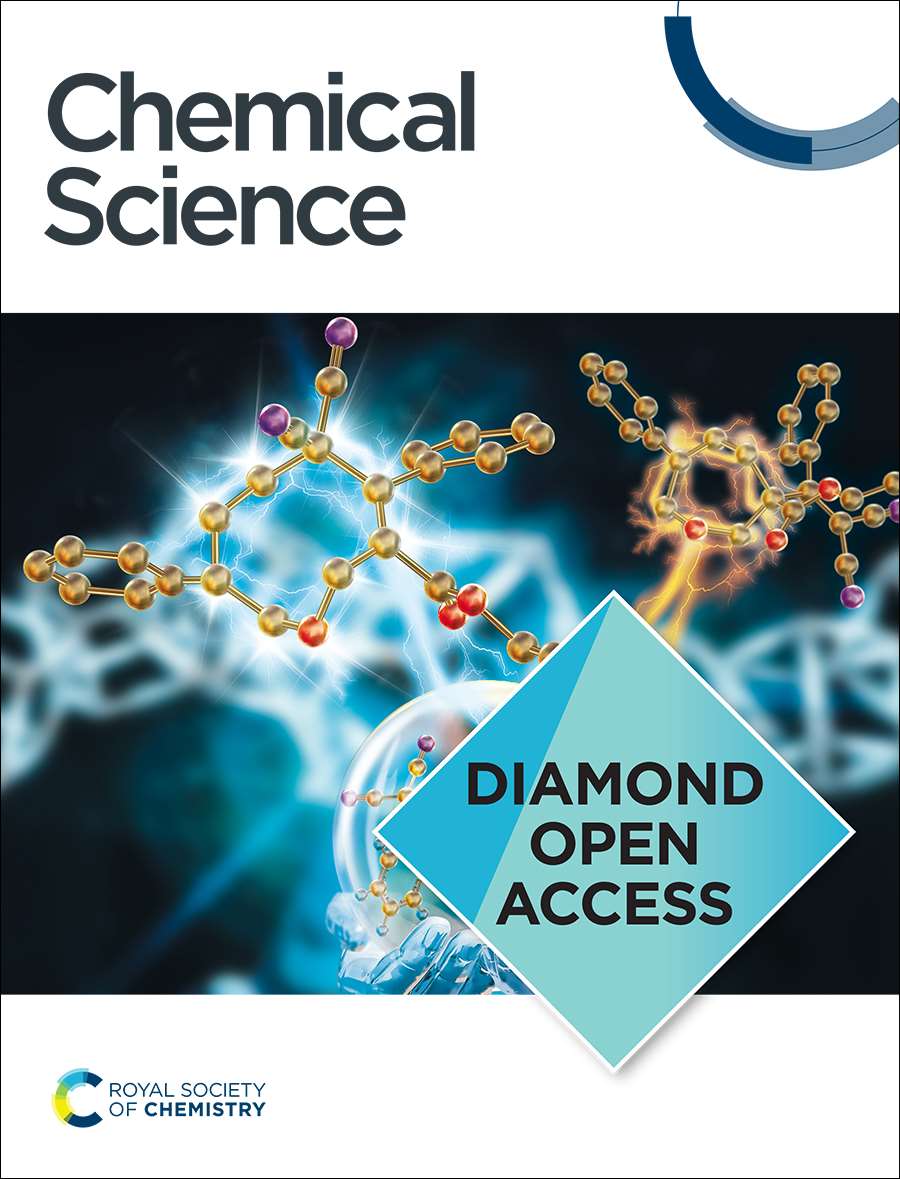Squaramide-Based Ion Pair Receptors Can Facilitate Transmem-brane Transport of KCl and Zwitterions Including Highly Polar Amino Acids
IF 7.6
1区 化学
Q1 CHEMISTRY, MULTIDISCIPLINARY
引用次数: 0
Abstract
Misregulation of transmembrane ion transport in biological systems has been linked to a variety of diseases. As a result, supramolecular chemists have been trying to develop small molecules that facilitate the transmembrane transport of several ionic species. However, ion transport by small molecules is a passive process and needs to be overall charge neutral (i.e., when an ion is transported across a membrane, another ion needs to be transported as well to avoid charge separation). Ion pair receptors could therefore have great potential as transmembrane ion transporters because they can facilitate transport of an overall neutral species. Furthermore, ditopic ion pair receptors also have the potential to transport biologically important zwitterionic species, such as amino acids. In this manuscript, we report the synthesis of a series of ditopic receptors based on squaramides as the anion binding unit and 18-crown-6 as the cation binding unit. UV-Vis and NMR titrations revealed that these compounds can bind a variety of chloride salts, especially KCl. Furthermore, liquid-liquid extractions and transport experiments using bulk liquid membranes and liposomes indicate that these ditopic receptors are capable of transporting chloride salts and hydrophilic amino acids. In fact, compound 5 was even able to facilitate the transport of amino acids with charged side chains at physiological pH (arginine and glutamate), making it the first example of a small molecule that can transport these highly polar and charge-dense species. These findings open up the possibility of using these receptors in a wide range of biological applications.求助全文
约1分钟内获得全文
求助全文
来源期刊

Chemical Science
CHEMISTRY, MULTIDISCIPLINARY-
CiteScore
14.40
自引率
4.80%
发文量
1352
审稿时长
2.1 months
期刊介绍:
Chemical Science is a journal that encompasses various disciplines within the chemical sciences. Its scope includes publishing ground-breaking research with significant implications for its respective field, as well as appealing to a wider audience in related areas. To be considered for publication, articles must showcase innovative and original advances in their field of study and be presented in a manner that is understandable to scientists from diverse backgrounds. However, the journal generally does not publish highly specialized research.
 求助内容:
求助内容: 应助结果提醒方式:
应助结果提醒方式:


